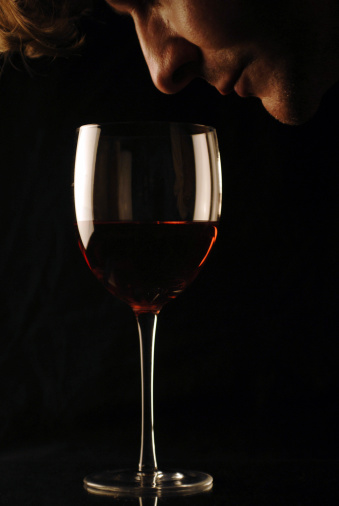Discovering Uniqueness in Livermore Valley Wines

“…more particularly in a remarkable degree that almost indescribable mellowness, called moelleux by the French, which is more than sufficient to satisfy our highest ambition.” Charles Wetmore, 1889
Livermore Valley must create an identity for itself in order to move forward as a winegrowing region. Creating this identity will require us, as winemakers, to use our terroir to craft wines that differentiate us from other appellations. But recognizing terroir is not an easy task. It will take time and considerable study. Therefore, I suggest we start by examining what others have written about Livermore Valley wines through the centuries.
Much has been written about Livermore wines, from our inception in 1882 through the latter half of the 20th century. Yet, while finding these documents in the archives is relatively straightforward, it is another matter to interpret what they mean for today’s winemaking. This is because the winemakers and journalists of long ago were writing in the vernacular of their times. Consider, for example, the description by Charles Wetmore, “indescribable mellowness, called moelleux.” We know what moelleux (soft, smooth) means today, but what did it mean to Wetmore in 1889, and what were the wines that he was referring to?
Fortunately, we have what I call the ‘spanners,’ those individuals whose writings cross over generational boundaries. André Tchelistcheff (1901 – 1994), Napa’s most influential 20th century winemaker, was one. Tchelistcheff was fortunate to have tasted most of the great pre-prohibition Livermore wines – and live long enough to write his observations of these wines in modern terms later in life. Post-prohibition to modern Livermore wines are covered by many other writers, including Robert Balzer (1912 – 2011) and Bob Thompson (1934 – ). These observers provide the Rosetta stone for interpreting the early writings.
Finding and interpreting these early records is an ongoing project that I have devoted myself to for many years. These efforts are giving me a better appreciation for our early wines. It is satisfying to find attributes in many of today’s wines that were remarked on a century ago. And, while any single descriptor for a wine might not be unique by itself, when taken together they paint a picture of the special qualities that make up our terroir, and make Livermore wines worth seeking out.
So what are these qualities that define our terroir? Providing a list takes them out of their native context and risks making them meaningless. I prefer, instead, to showcase these qualities by example – through my wines!


